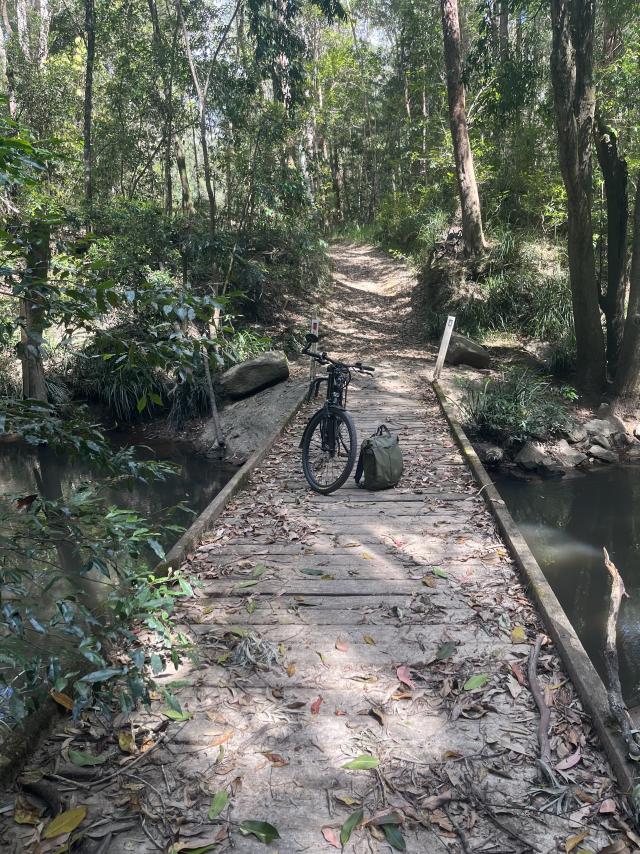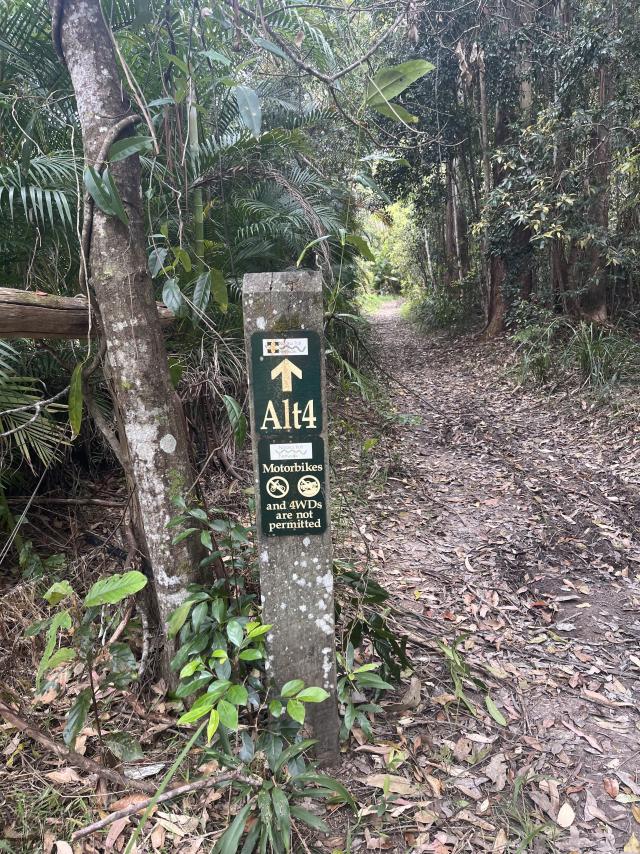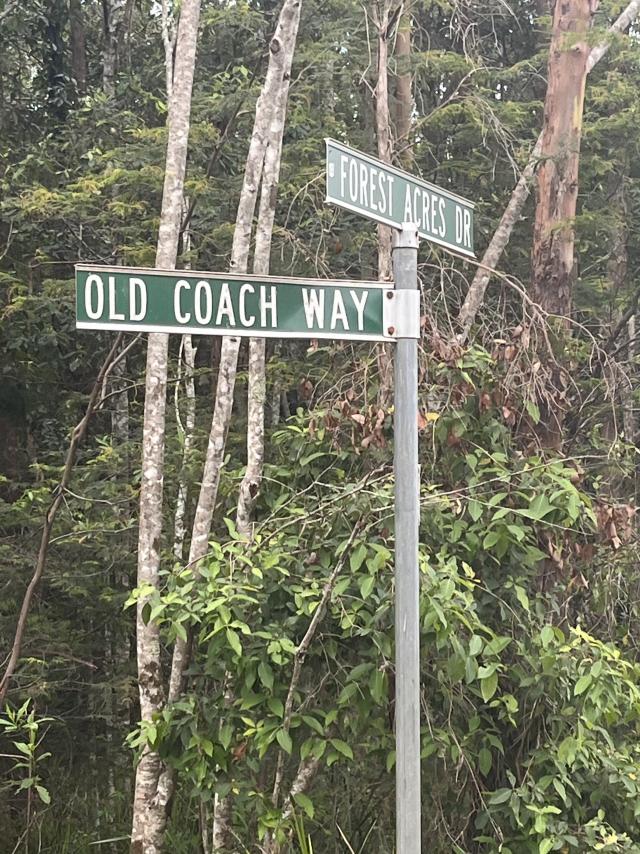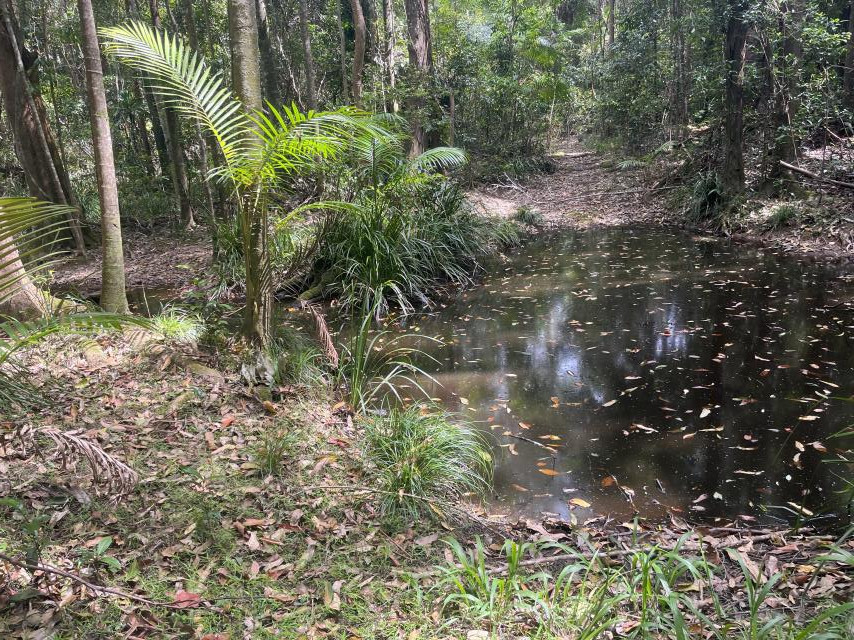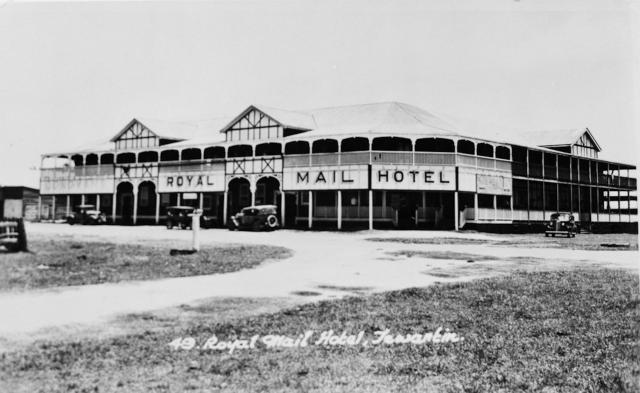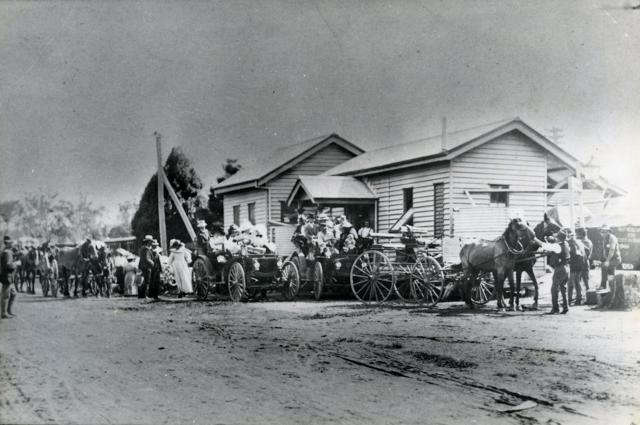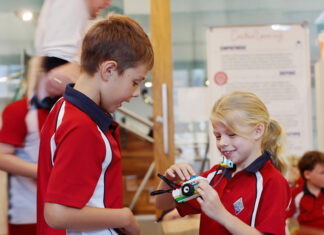PHIL JARRATT concludes his tracing of the historic “Shortcut” between Gympie and Noosa.
I was sitting at a table outside a café in Pomona on an early morning last week, having breakfast and charging the e-bike, when a friend and his father-in-law came by walking their dogs.
When I told them I was following the old coach route to Tewantin, which would take me along Ringtail Creek Road, the father-in-law shook his head. “You know the bridge is out and it’s a dead end?”
I didn’t and nor did Google Maps or any other source I’d used to plot my course before leaving my hilltop hideaway. Local knowledge is a useful tool but at my peril I chose to ignore it, reasoning that Walter Hay wouldn’t have let a couple of creek crossings stand in his way back in 1870. As a backup, I figured I’d have enough charge to work my way back out of the Ringtail scrub and take Louis Bazzo down to Boreen Point where I could plug in at the pub.
When my friends had left I ordered another coffee, pulled up my rough map and the correspondence of the great bushman on my phone and realised that would be defeating the purpose, riding a great arc around the coach route to rejoin it at the junction of McKinnon and Old Tewantin Road.
Nah, caution to the wind and into the scrub we go.
The morning was still early and fresh, and I enjoyed riding the dirt road that was Ringtail Creek Road, even as it petered out and evolved into Track 4 of the Noosa Trail Network. This had to lead to a crossing of Six-Mile Creek, so I left the bike and investigated, finding a fine planked footbridge at the bottom of a gully. Problem solved. But of course it wasn’t.
The track was too rough and boggy to ride, so I walked my bike for a kilometre or so, passing a sign that indicated an alternative to Track 4, but Alt 4 looked even more challenging.
Then I popped out on a well-made dirt road and realised that up ahead was a huge construction site. As I advanced several signs made me aware that it was a plantation timber harvesting site and that I wasn’t welcome.
The track was temporarily closed, they said, turn back and use Alt 4. There was no sound of machinery so I contemplated making a run for it, but the moment I rode into the clear-felled area the noise started and a truck appeared. Must have been smoko. I bolted back onto the track.
Whoever built Alt 4 wasn’t a hiker or a trail cyclist. It’s an absolute shocker of washouts and fallen trees, necessitating lifting your bike over ravines or stumps, or slashing your way around the obstacles through heavy undergrowth. When I finally emerged at Old Coach Way my bare arms and legs were dripping blood from a hundred scratches.
I sat down next to the sign, wondering if any Cobb and Co coach had actually ever gone where I’d just been, and used the last of my water to wash the blood off, lest I frighten any children lurking on the Forest Acres Estate.
With signal again, I also flicked around the Noosa Council trails tab on my phone and found the following: “Access is strictly not permitted on Trail 4 while harvesting operations are underway. Signs are displayed onsite and the public are advised that for their own safety, do not enter the area.”
No fool like an old fool.
I was on the home straight now, having passed the Nine Mile Horse Change back on the other side of the scrub near Pomona, and now heading for the site of Jackson’s Robin Hood Hotel at the Five Mile on the bottom reaches of Old Tewantin Road.
But first I had to get through the last bit of Track 4, at the end of Forest Acres Drive. It was rough enough in parts, but nothing compared with Alt 4.
Tired and sore, but feeling rather good about it, I cruised down the pretty scenery of Old Tewantin Road, keeping a weather eye on a possible site for Jackson’s Robin Hood Hotel, about which little is known, other than its location was the Five Mile horse change coming from the Royal Mail Hotel, which by my reckoning put it pretty much at the junction of McKinnon Drive. There’s nothing that I’ve found to indicate the Robin Hood was ever there, but it must have had a pretty good innings, still being listed in local hotel directories in the early 1900s.
When Walter Hay rode into Tewantin at the completion of blazing the Shortcut, just before Christmas 1870, there was no Royal Mail Hotel in which to slake the thirst of the road, no coach service yet, in fact no Tewantin, other than the ramshackle grog shops servicing the timber boatmen, and the Kabi camps along the river bank.
Walter had lost his wife in childbirth just six months earlier, he still had mourning to do.
As soon as his men and horses were sufficiently rested, he turned and rode back to Gympie, where he discovered at the Lands Office that the “conditional purchase” of his land selections around Tewantin had been negated in his absence by the town survey.
He would win that battle, with a damages payout, and go on to become Noosa’s biggest landholder.
I finished my Walter Hay-ride appropriately at the Mail on a Friday afternoon, and did the only thing thinkable, ordered a burger and a beer. I sat in the near empty restaurant, looking out at the river, and considered the life and times of “the father of Noosa”.
He got his land, he got his money out of the Gympie men and the colonial government, the Shortcut was soon a Cobb and Co coach route, and within a few years he had built an estate on the Noosa River he called Hilton Park, where he lived with most of his many children, and soon a second wife.
But Hay was obsessed with creating a transport network which would make Noosa the hub of the Queensland economy, which in those days basically meant getting Gympie gold and Noosa timber out and supplies in by the fastest and cheapest means.
This was what he told the Gympie men when they arrived at the Noosa River site in late October 1870, and he and Captain French took them out to the bar on Hay’s steamer, the Sir John Young, where he explained how a decent coach road and a breakwater creating safe harbour would change everything.
The route committee reported: “On the morning of Thursday, the 27th instant, the steamer Sir John Young, having been courteously placed at the disposal of your committee by the owners and Captain French, the party proceeded down the river to inspect the harbour and the bar. The distance from Ward’s selection to the entrance to the river is about three miles, the whole of the course having been beaconed and buoyed by Captain French, entirely at his own expense.”
The bar crossing both ways was deep and easy, perhaps too easy because in subsequent years, with the steamer and coach connection working efficiently if slowly, Hay could not get support for his breakwater at the river mouth.
But by 1876 a proposal to link Gympie by rail with the port of Maryborough was gaining momentum.
Walter got out his quill and wrote to the Gympie Times:
“All the businessmen that I have spoken to in Gympie on the subject are in favour of the Noosa Route as against the Maryborough Route to Brisbane, as they have by this time learned that Noosa is the direct, and must ultimately become the main, route to the metropolis. All men are alive to their own private interests, and the Maryborough people do not fail to set us the example, selfish though it be.”
Hay went on to list the many reasons the Noosa connection was superior, concluding: “The sum that it would take to construct a railway between Maryborough and Gympie would suffice for a railway between Gympie and Noosa and likewise construct a breakwater at Noosa, rendering the bar safe for steamers at all times.
“I would even advocate a good macadamised road from Gympie to Noosa and a breakwater at the bar in preference to a railway from Maryborough to Gympie. This would be a very economical work, and would suit all purposes for years to come.”
The railway went to Maryborough, in time the Shortcut coach route was superseded by rail from Cooran and later Cooroy, and the port of Noosa transport hub thankfully never happened.
But Walter Hay never gave up on his dreams, not even the slightly whacko ones like diverting the flow of Six-Mile Creek from west to east, thereby alleviating Gympie’s flooding problem by exacerbating Noosa’s.
Sitting alone in the Royal Mail, I raised my glass in a silent toast to the great bushman, finished my beer and cycled home along the river for a good lie down.

